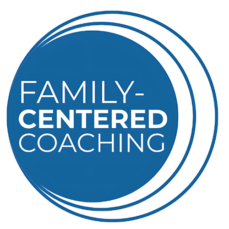Identifying when to use each approach is one of the central skills of Family-Centered Coaching. It is critical to talk with participants about the different roles you might play, depending on what they would find most useful. This transparency and collaboration with participants provides choice and puts participants in control of how they work toward their goals and manage their lives and families.
While there are many other approaches to engage with families, such as mentoring, counseling, solution-focused therapy, and family-support services, Family-centered coaching focuses on case management, readiness assessment, and goal-setting because they are most readily applied and used by coaches and providers across different fields.
Creating Space for a Fluid Approach in Your Organization
Fluidity between approaches will look different depending on how an organization chooses to implement Family-Centered Coaching. In some cases, the approaches may be spread among several different staff positions, such as a coach, a case manager, and a clinical counselor. If this is the case, then strong internal coordination is necessary so that a participant’s transition from working with one staff person to another is smooth and seamless, and staff are clear on their roles. At a minimum, all staff should be aware of the concepts within the three approaches so that they can recognize what – and who – might be needed at a given moment.
In other settings, a coach may be expected to move between all three approaches when working with a participant. In this case, it is essential that a coach have a clear understanding of when and why they are switching approaches. In both cases, communicating and consulting with the participant about shifting approaches is critical.
The Prosperity Agenda provides these resources as the designated national administrator of Family-Centered Coaching.

